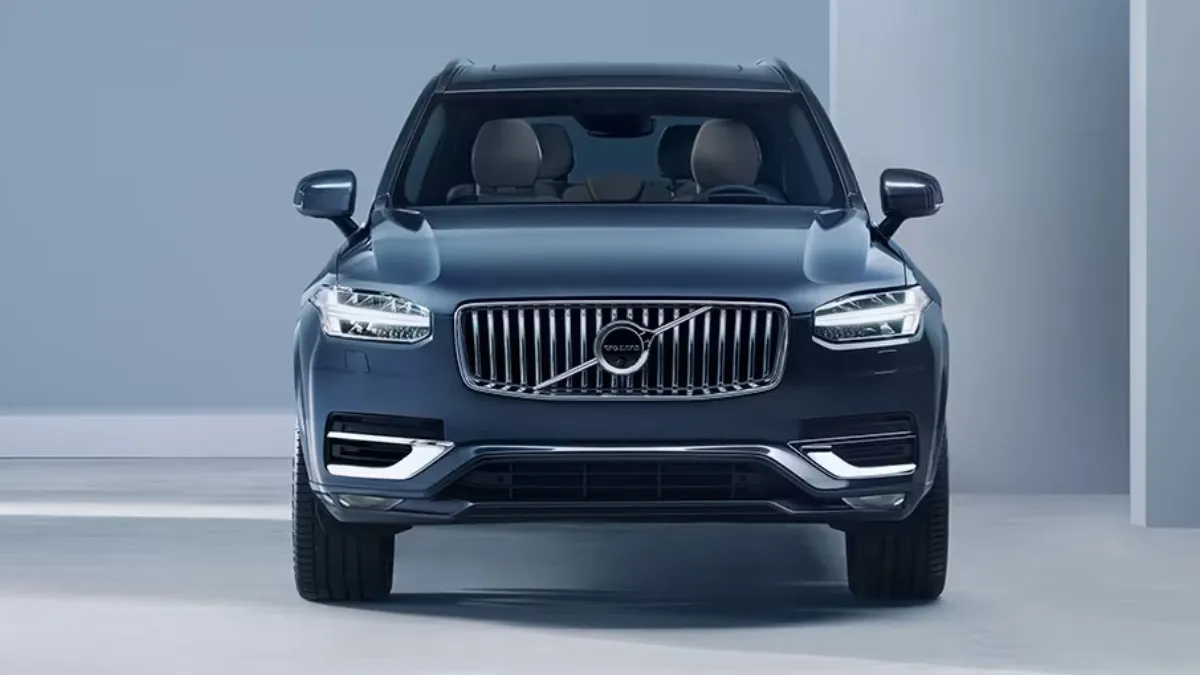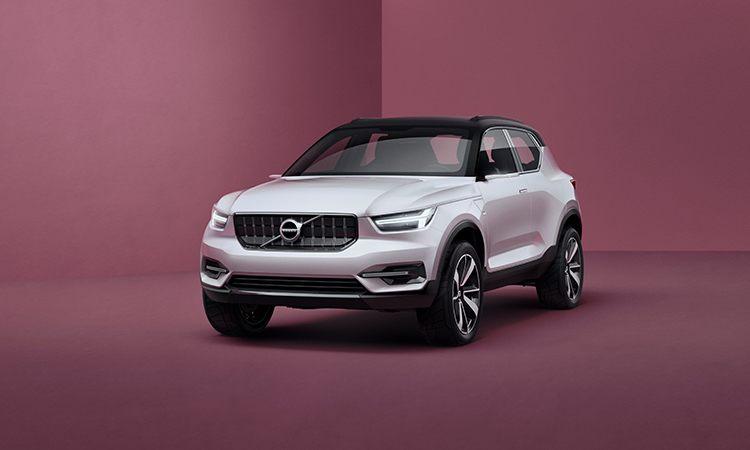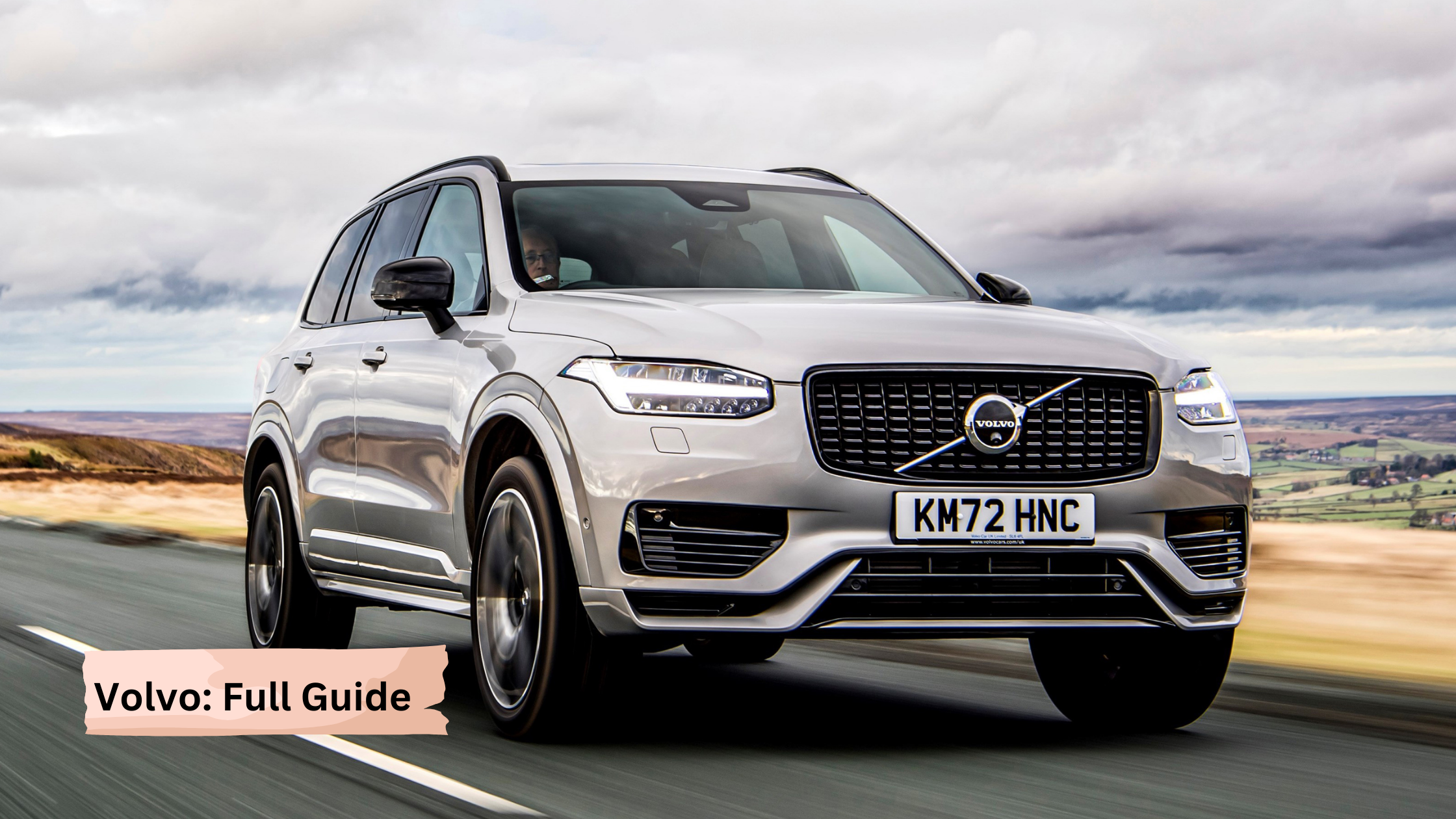Volvo, a name synonymous with luxury, safety, and sustainability, has become a global automotive leader. Founded in 1927 in Sweden, Volvo has continuously set benchmarks in design, innovation, and eco-friendly technology. While many recognize it as the company that invented the three-point seatbelt, Volvo is so much more. From its beginnings as a brand designed to endure Sweden’s harsh climate to its current role as a pioneer in electric mobility, Volvo’s journey is a testament to innovation and purpose.
With cars like the Volvo XC90 and the electric C40 Recharge, Volvo has proven itself as a brand that caters to those who seek sophistication, reliability, and a sustainable future. Let’s delve into the legacy, innovations, and vision of this Swedish automotive icon.
The History of Volvo
)
Volvo was founded on April 14, 1927, in Gothenburg, Sweden, by Assar Gabrielsson and Gustav Larson. Their vision was simple yet profound: to create vehicles capable of withstanding the challenges of Sweden’s tough terrain and climate.
The first car, the Volvo ÖV4 (Jakob), rolled off the production line in 1927. Over the years, Volvo expanded its product range to include trucks, buses, and construction equipment. By the 1950s, Volvo had established itself as a leader in automotive safety, introducing groundbreaking technologies like the three-point seatbelt in 1959.
In 2010, Volvo Cars was acquired by the Geely Holding Group, a Chinese multinational company. This marked a new era for the brand, allowing it to tap into the growing Asian market while pursuing its vision of electrification and sustainability. Volvo’s ambition is clear: to become a fully electric car company by 2030 and achieve carbon-neutral operations by 2040.
Key Historical Milestones

| Year | Event |
| 1927 | Volvo launched its first car, the ÖV4 (Jakob). |
| 1935 | Listed on the Stock Exchange, becoming independent. |
| 1959 | Introduced the three-point seatbelt. |
| 1999 | Volvo Cars sold to Ford Motor Company. |
| 2010 | Acquired by Geely Holding Group. |
| 2023 | Annual revenue reached 552.764 billion SEK. |
Volvo’s Product Range

Volvo caters to a diverse audience, offering vehicles for both personal and commercial use. Below are some of the key product categories:
| Category | Products | Examples/Brands |
| Passenger Vehicles | Sedans, SUVs | Volvo XC90, XC60, S90 |
| Trucks | Heavy-duty trucks for logistics | Volvo FH, Volvo FM |
| Buses | City and intercity buses | Volvo B8R, Volvo 9700 |
| Construction Equipment | Excavators, loaders, haulers | Volvo EC950, L350H |
| Marine Systems | Engines, propulsion systems | Volvo Penta |
| Electric Vehicles | Cars and commercial vehicles | Volvo C40 Recharge, FM Electric |
Focus on Innovation

Volvo has always been at the forefront of automotive innovation. Its cars combine cutting-edge technology with unmatched safety features. Even after being sold to Ford in 1999 and later to Geely, Volvo continues to set industry standards.
Popular Volvo Models:
| Model | Type | Key Features | Price Range (USD) |
| Volvo XC90 | Luxury SUV | 7-seater, hybrid engine, safety tech | $57,000–$73,000 |
| Volvo XC60 | Compact SUV | Spacious, plug-in hybrid option | $43,000–$54,000 |
| Volvo S90 | Luxury Sedan | Semi-autonomous driving | $51,000–$61,000 |
| Volvo C40 Recharge | Electric SUV | Sleek design, fast charging | $55,000–$60,000 |
Safety Innovations

Volvo’s commitment to safety is unparalleled. It has introduced numerous firsts in the automotive industry, setting a benchmark for passenger and pedestrian protection.
| Year | Innovation | Significance |
| 1959 | Three-point seatbelt | Saved millions of lives worldwide. |
| 1972 | Rear-facing child seat | Enhanced safety for children in vehicles. |
| 1991 | Side Impact Protection System (SIPS) | Improved safety during side collisions. |
| 2003 | Blind Spot Information System (BLIS) | Alerted drivers to vehicles in blind spots. |
| 2022 | Speed Limit Cap | Limited top speed for safety enhancement. |
Commitment to Sustainability
)
Volvo is a leader in sustainability, aiming to reduce its carbon footprint through electrification and eco-friendly practices.
| Goal | Target Year | Details |
| 50% of sales from EVs | 2025 | Transitioning to a fully electric lineup. |
| Climate-neutral operations | 2040 | Eliminating emissions in production. |
| Use of recyclable materials | Ongoing | Incorporating recycled plastics in vehicles. |
Volvo’s Electric Vehicles

Volvo’s electrification strategy is redefining the automotive industry. The brand offers both hybrid and fully electric models.
| Model | Battery Range | Charging Time (Fast Charging) | Key Features |
| Volvo C40 Recharge | 225 miles | ~40 minutes (80% charge) | Sleek design, advanced tech. |
| Volvo XC40 Recharge | 223 miles | ~40 minutes (80% charge) | Compact, eco-friendly design. |
Achievements and Awards

Volvo’s dedication to quality and innovation has earned it numerous accolades:
| Award | Category | Year |
| World Car of the Year | Volvo XC40 Recharge | 2021 |
| Green Car Award | Volvo C40 Recharge | 2022 |
| Top Safety Pick+ | Multiple Models | Ongoing |
Volvo’s Mission
Volvo’s guiding principle, “Designed Around You,” reflects its focus on safety, sustainability, and customer satisfaction. The company is committed to becoming a leader in electric mobility, aiming to offer only electric cars by 2030 and achieve full carbon neutrality by 2040.
Conclusion
Volvo stands as a testament to innovation, safety, and sustainability. From pioneering the three-point seatbelt to leading the charge in electric mobility, Volvo has continually pushed the boundaries of what’s possible in the automotive industry. With a clear vision for a sustainable future, Volvo remains a top choice for those seeking luxury, reliability, and eco-friendly solutions in their vehicles.
Join us for Free prediction and More information about cricket join us on our Telegram channel
FAQs
Q1: What is Volvo’s primary focus when designing vehicles?
Volvo focuses on safety, sustainability, and technological innovation.
Q2: Where is Volvo headquartered?
Volvo’s headquarters are located in Gothenburg, Sweden.
Q3: What is Volvo’s most significant safety invention?
The three-point seatbelt, introduced in 1959, is Volvo’s most significant safety invention.
Q4: Does Volvo plan to go fully electric?
Yes, Volvo aims to become a fully electric car company by 2030.
Q5: Who owns Volvo Cars?
Volvo Cars is owned by the Chinese multinational company Geely Holding Group.
Similar Post
Mahindra XEV 9e on road price, color, Variants, Redefining Luxury in the Electric SUV Market
